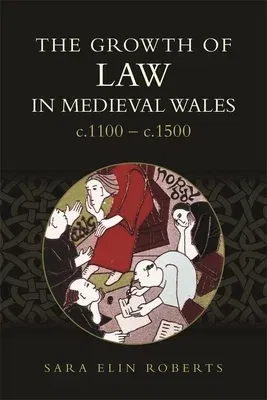The Middle Ages in Wales were turbulent, with society and culture in
constant flux. Edward I of England's 1282 conquest brought with it major
changes to society, governance, power and identity, and thereby to the
traditional system of the law. Despite this, in the post-conquest period
the development of law in Wales and the March flourished, and many
manuscripts and lawbooks were created to meet the needs of those who
practised law.
This study, the first to fully reappraise the entire corpus of law
manuscripts since Aneurin Owen's seminal 1841 edition, begins by
considering the background to the creation of the law from the earliest
period, particularly from c.1100 onwards, before turning to the "golden
age" of lawmaking in thirteenth-century Gwynedd. The nature of the law
in south Wales is also examined in full, with a particular focus on
later developments, including the different use of legal texts in that
region and its fourteenth- and fifteenth-century manuscripts. The author
approaches medieval Welsh law, its practice, texts and redactions, in
their own contexts, rather than through the lens of later
historiography. In particular, she shows that much manuscript material
previously considered "additional" or "anomalous" in fact incorporates
new legal material and texts written for a particular purpose: thanks to
their flexible accommodation of change, adjustment and addition, Welsh
lawbooks were not just shaped by, but indeed shaped, medieval Welsh law.

